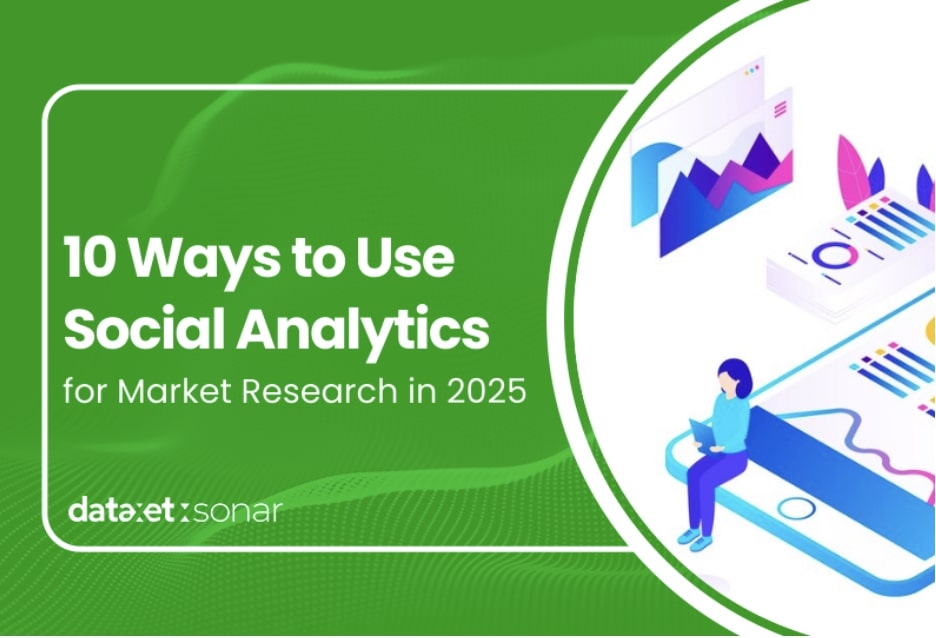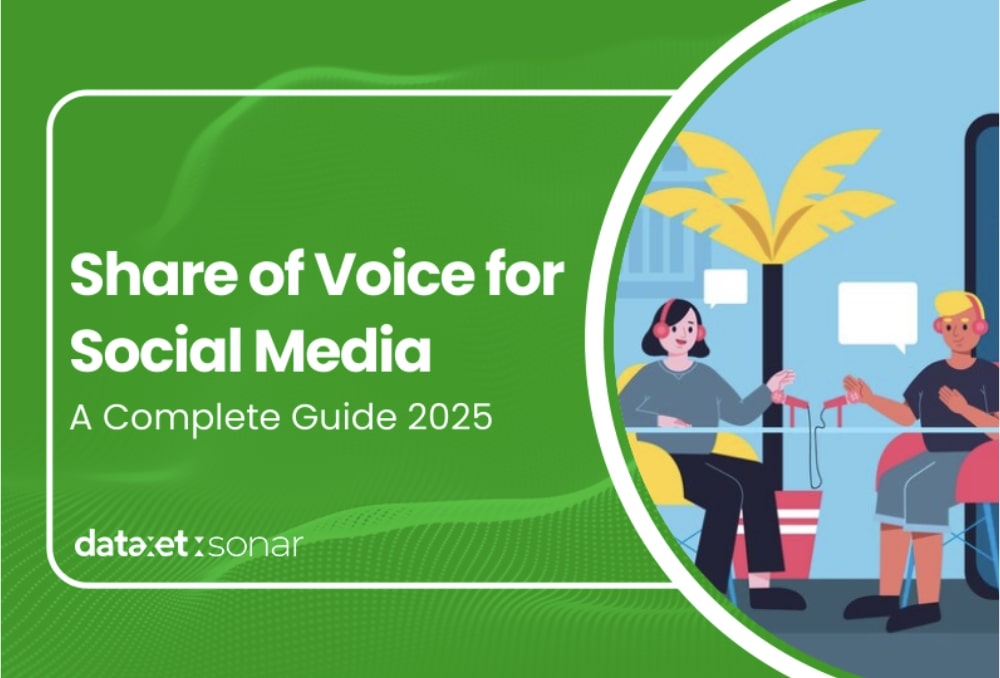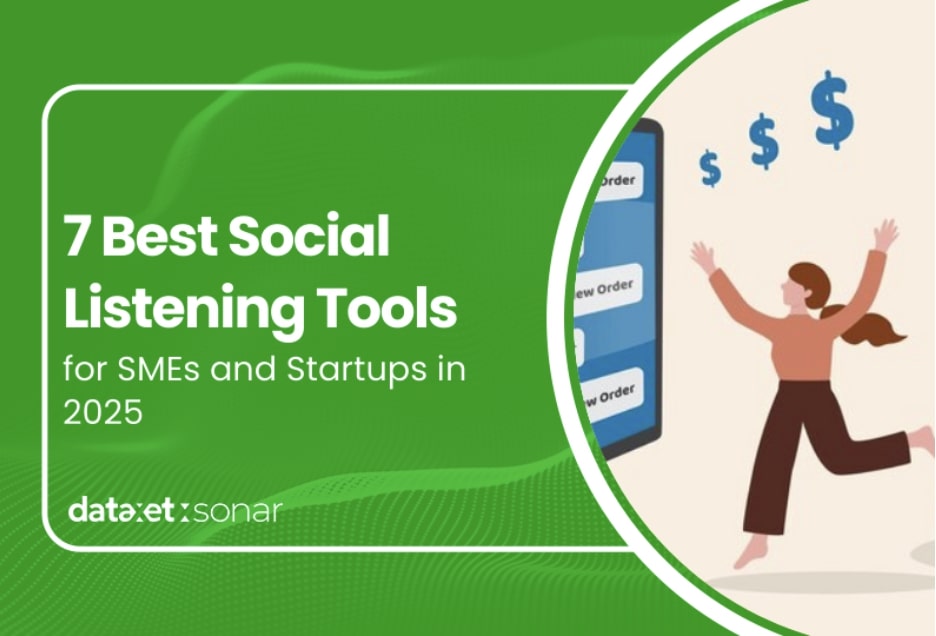There are many different digital marketing strategies that businesses can use to reach their target audience, and choosing the right one will depend on your business’s goals, audience, and budget. Here are a few of the most common digital marketing strategies that businesses use:
- Search engine optimization (SEO)
SEO is the process of optimizing your website to rank higher in search engine results pages (SERPs). This is important because higher ranking websites tend to get more traffic, which can lead to more leads and sales. SEO involves optimizing your website’s content, structure, and meta tags to make it more attractive to search engines, as well as building high-quality backlinks to your site.
- Pay-per-click (PPC) advertising
PPC advertising is a form of digital advertising where you pay each time someone clicks on one of your ads. The most common form of PPC advertising is Google AdWords, which allows you to create and run ads on Google’s search engine results pages. PPC advertising can be a great way to quickly drive traffic to your website, but it can also be expensive if you don’t know what you’re doing.
- Social media marketing
Social media marketing involves creating and sharing content on social media platforms like Facebook, Twitter, Instagram, and LinkedIn to reach and engage with your audience. This can involve creating and sharing posts, running paid ads, and engaging with your followers. Social media marketing is a great way to build brand awareness and drive traffic to your website.
- Content marketing
Content marketing involves creating and distributing valuable, relevant, and consistent content to attract and retain a clearly defined audience. This can involve creating blog posts, infographics, videos, podcasts, and more. The goal of content marketing is to establish your business as an expert in your industry and drive traffic to your website.
- Email marketing
Email marketing involves sending targeted, personalized emails to a list of subscribers who have opted in to receive emails from your business. This can involve sending newsletters, promotional emails, or transactional emails. Email marketing is a great way to stay in touch with your audience and drive traffic to your website.
How to develop a digital marketing strategy
1. Create buyer personas.
With any marketing strategy, digital or otherwise, you need to know who you’re marketing to. The best digital marketing strategies are built on detailed buyer personas. The first step is to create them. Buyer personas represent your ideal customer and can be created by researching and interviewing your company’s target audience.
2. Identify your goals and the digital marketing tools you need.
Marketing goals should always be related to the underlying goals of your business. For example, if the company’s goal is to increase its online sales by 20%, the marketing team should generate 50% more leads through his website than he did last year to contribute to that success. Digital media monitoring can help you do this.
3. Assess your existing digital channels and assets.
When reviewing your existing digital marketing channels and resources to decide what to incorporate into your strategy, it helps to see the big picture first. This keeps you from feeling overwhelmed or confused. Gather what you have and categorize each vehicle or asset into a spreadsheet to get a clear picture of your existing owned, earned and paid media.
4. Review and plan your media campaign.
Proprietary media is at the heart of digital marketing. Most of the time it comes in the form of content. This is because almost any message a brand broadcasts can be categorized as content, including company profile on “About Us” page, product descriptions, blog posts, e-books, infographics, podcasts, and social media posting acts.
5. Put together a digital marketing campaign.
You’ve completed your planning and research and have a solid idea of what constitutes a digital marketing strategy.
Digital marketing is constantly evolving, and it can be overwhelming to try to keep up with all the latest trends and strategies with market research tools. However, by focusing on a few key strategies that are relevant to your business, you can effectively reach and engage with your audience and drive growth.





